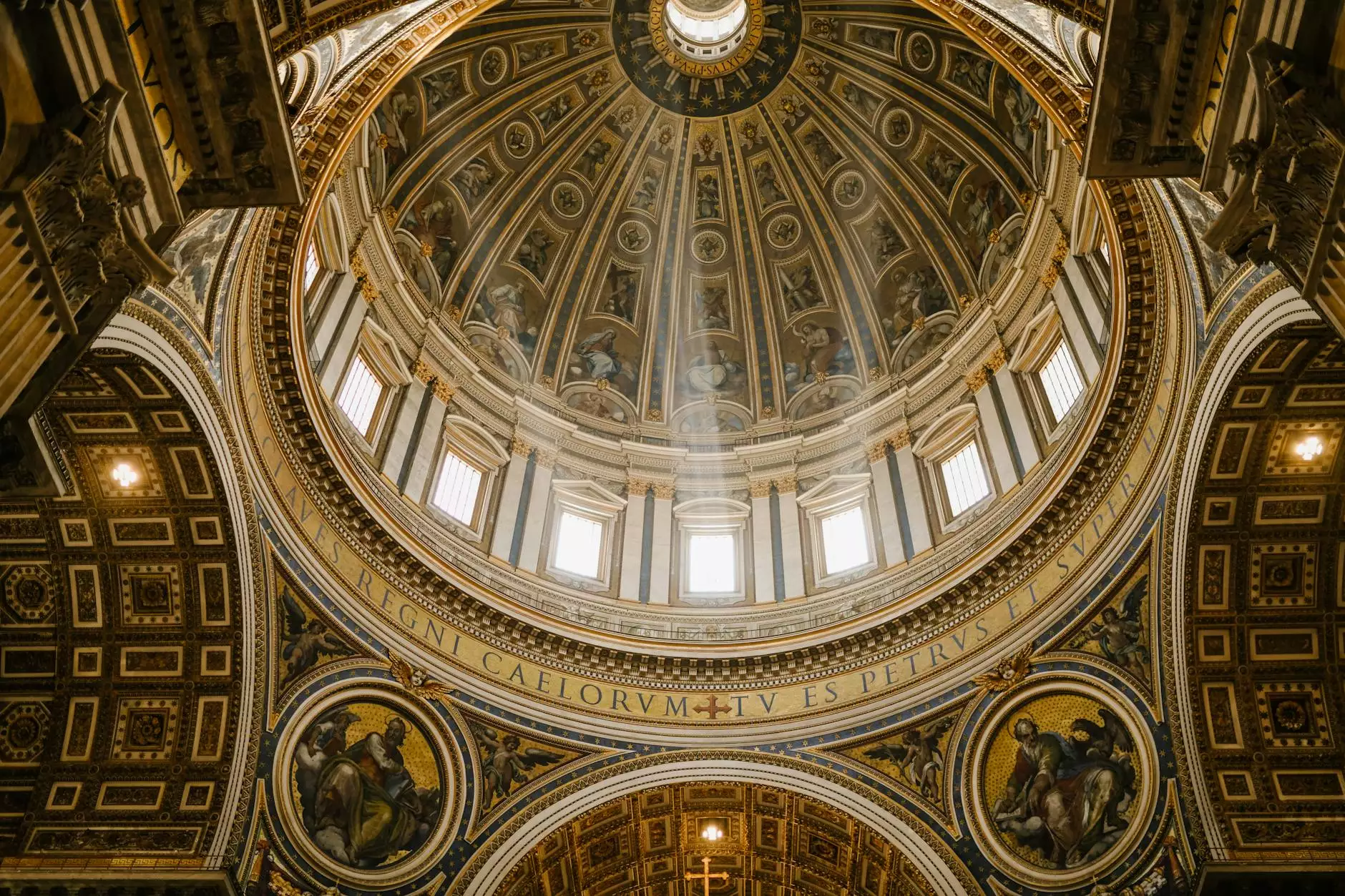Why Does The Date For Easter Change Every Year?
History
Welcome to Ageless Wisdom Magazine, your ultimate source for lifestyle information. In this article, we will dive into the fascinating subject of why the date for Easter changes from year to year. Understanding the historical and astronomical reasons behind this phenomenon will provide you with a comprehensive perspective on this religious holiday.
The Origins of Easter
Before we delve into the reasons behind the changing date of Easter, let's briefly explore the origins of this holiday. Easter is a Christian festival that commemorates the resurrection of Jesus Christ from the dead. It is considered the most important and oldest festival of the Christian Church.
The exact date of Easter has been a topic of discussion and debate for centuries. The early Christian Church struggled to establish a uniform method to calculate the date of Easter, leading to various approaches and regional variations. Eventually, a method based on astronomical observations and religious traditions prevailed, resulting in the Easter Sunday we celebrate today.
Astronomical Considerations
The date of Easter is determined based on a combination of astronomical calculations and religious traditions. The following factors play a crucial role:
Paschal Full Moon
One of the key elements in determining the date of Easter is the Paschal Full Moon. This is the first full moon following the vernal equinox, which typically occurs around March 21st.
The timing of the vernal equinox can vary slightly due to the Earth's elliptical orbit and other astronomical factors. Therefore, the Paschal Full Moon can fall on different dates, influencing when Easter is celebrated.
Golden Number
The Golden Number is a 19-year cycle used in ancient astronomy to establish a predictable pattern of lunar phases. It helps calculate the date of the Paschal Full Moon and subsequently determine Easter's date.
By applying the Golden Number to the vernal equinox, astronomers can determine the date of the Paschal Full Moon accurately.
Historical and Cultural Influences
In addition to astronomical considerations, historical and cultural influences have shaped the determination of the date for Easter throughout different periods:
The Council of Nicaea
In 325 AD, the Council of Nicaea addressed the issue of the date for Easter. The Council decided that Easter should be celebrated on the Sunday following the first full moon after the vernal equinox. This ruling aimed to establish a unified method for determining Easter's date, although slight variations still exist due to differences in lunar calculations.
Western and Eastern Christianity
Western Christianity and Eastern Christianity have traditionally used different methods to calculate the date of Easter. Western Christianity primarily follows the Gregorian calendar, while Eastern Christianity follows the Julian calendar. This discrepancy sometimes results in a different date for Easter between the two branches.
Overall, the changing date for Easter is a result of intricate historical, astronomical, and cultural factors that have evolved over time.
Conclusion
In conclusion, understanding why the date for Easter changes every year requires an exploration of historical, astronomical, and cultural influences. Our comprehensive guide has provided you with valuable insights into this intriguing phenomenon.
At Ageless Wisdom Magazine, we believe in delivering high-quality content that enriches and educates our readers. Stay tuned for more captivating articles and resources related to lifestyle and beyond.




